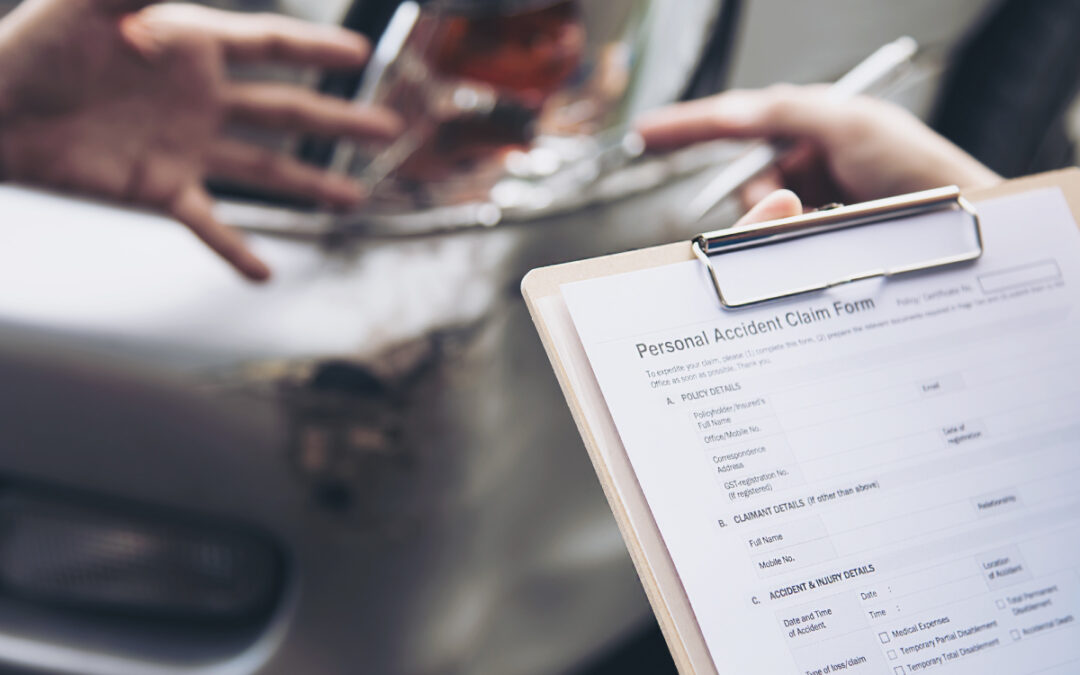In the ever-evolving world of vehicles, ensuring you and your vehicle are adequately protected with the right insurance policy provisions is paramount. With numerous options available in the market, it’s essential for consumers to be well-informed about what to look for when selecting an auto insurance policy. Over the years our team has run into numerous occasions where our clients thought they were protected and ended up being left to dry because they did not thoroughly read and understand their auto policy before they were in a crash or their car was damaged.
Here are the areas where you should take a look:
-
OEM Parts Coverage
When evaluating an insurance policy, it’s crucial to inquire about the use of OEM (Original Equipment Manufacturer) parts in repairs. OEM parts are designed specifically for your vehicle by the same company that made your vehicle ensuring the highest quality and compatibility. These parts are also crash tested on the vehicle to ensure they meet the NHTSA high safety expectations. Even parts that appear to be cosmetic can have an important role in safely protecting your occupants during a collision. Look for policies that prioritize the use of OEM parts to maintain the integrity and value of your vehicle post-repair. Most policies allow the insurer to only pay for the “most cost-effective” parts. Ask your agent if you can add a rider onto your policy that ensures factory parts will be covered during a repair.
-
Rental Replacement Coverage
Rental replacement coverage is another essential feature. If your car is in the shop for repairs due to an accident, this coverage provides a rental car while yours is unavailable. It ensures that you can continue your daily activities without disruption. Having rental replacement coverage minimizes inconvenience and keeps them mobile during the repair process. Most policies cover a basic sedan, so if you have specific needs, make sure your policy reflects that.
-
Aftermarket Accessory Limits
Many car owners customize their vehicles with aftermarket accessories such as upgraded stereos, rims, and paint protection kits. When reviewing insurance policies, check if they include customized parts and equipment coverage. This protection extends to any special modifications or accessories you’ve added to your car. Many policies have limits and some do not cover this at all.
-
Right to Appraisal
The right to appraisal is a critical provision. As long as you have this provision, if you disagree with the insurer’s assessment of your vehicle’s damage, you have the right to request an independent appraisal. This ensures a fair evaluation and helps resolve disputes without having to resort to legal alternatives. Many of our clients have found success using this provision in their policy.
-
Deductible Amounts
Lastly, consider the deductible amounts in the policy. The deductible is the out-of-pocket expense you pay before the insurance kicks in. A higher deductible usually results in lower premiums, but it also means more upfront costs during a claim. Make sure to choose a deductible you can comfortably afford. A well-chosen deductible strikes a balance between cost savings and financial preparedness.
A Reminder about Your Auto Insurance Policy
An informed consumer makes better insurance decisions. By reviewing these key factors, you’ll empower yourself to choose an automobile insurance policy that aligns with your needs and protects your investment. If you are looking for a top-tier insurance company, check out the recently released Crash Network “Insurer Report Card” that asked 1,100 collision repairers across the US to grade insurance companies based on “How well does this company’s claims handling policies, attitude and payment practices ensure quality repairs and customer service for motorists?”


Recent Comments